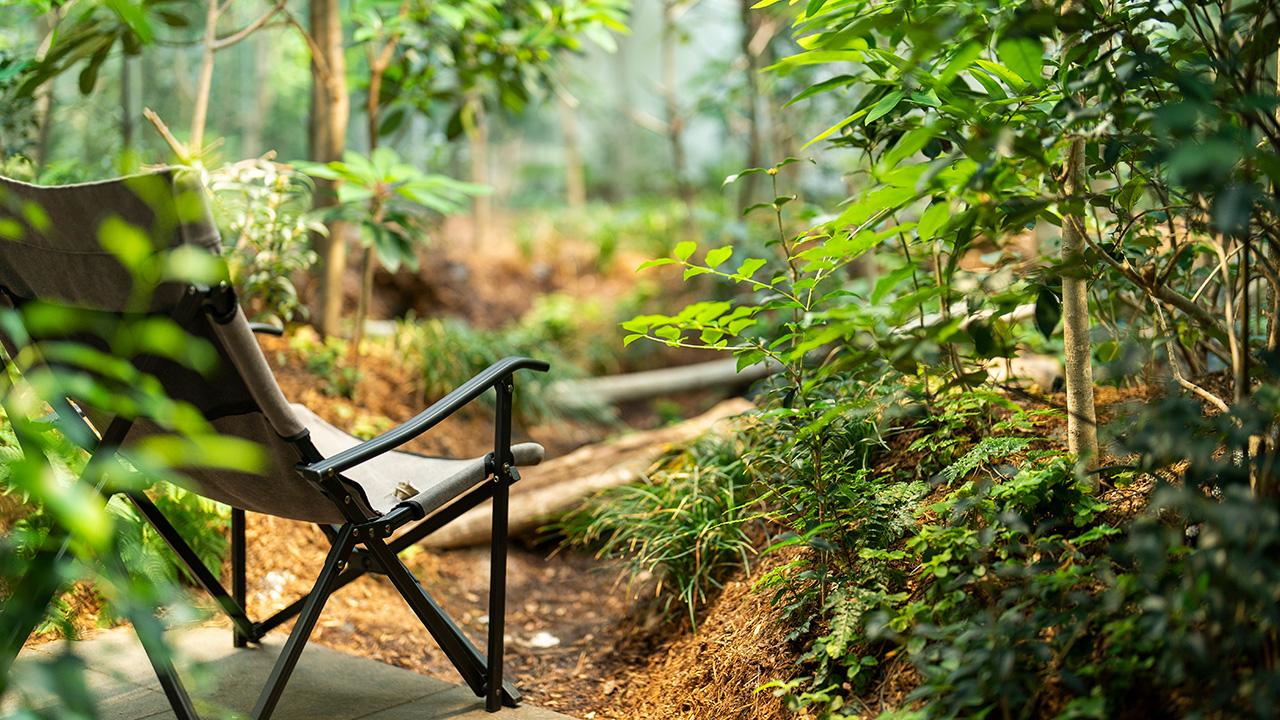
As part of featuring Toyota's research in non-automotive fields, this article spotlights a team studying the power of nature.

For this article, Toyota Times visited a laboratory that seeks to unravel the mysteries of plants and air quality. Upon opening the door, visitors are welcomed by a jungle-like space filled with all kinds of plants.
There is an even more surprising sight next to the laboratory’s office space. Wanting to pin down the scientific reasons for plants’ relaxing effects, Toyota’s researchers even brought in vast quantities of soil and planted dense vegetation to reproduce an authentic, if small, forest environment.
As these spaces helped accelerate research, their findings even earned a degree of recognition from academic institutions. Here, Toyota Times closes in on these cutting-edge space studies, which seek to harness nature’s power to bring comfort and boost well-being in everyday life.
Chikara Ohto, Grandmaster
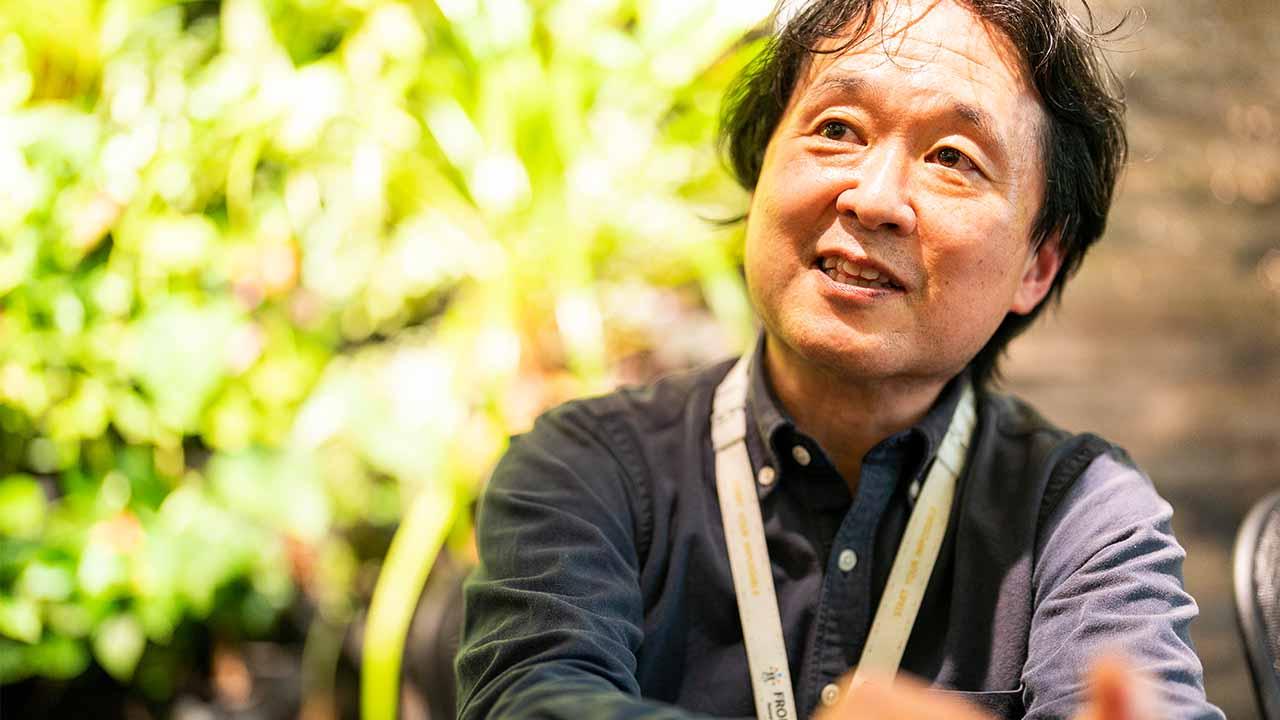
Offices or living rooms that provide the same effect as being in nature can help to energize people. With that in mind, we named the project Genki-Kûkan™ (Genki meaning “health, happiness, and energy,” and Kûkan meaning “space”) because of the potential to improve mental and physical well-being. The project is a joint effort with Toyota Central R&D Labs (TCRDL), a Toyota Group research institute.
More comforting leaves
Of the two photos below, which do you find more comforting?
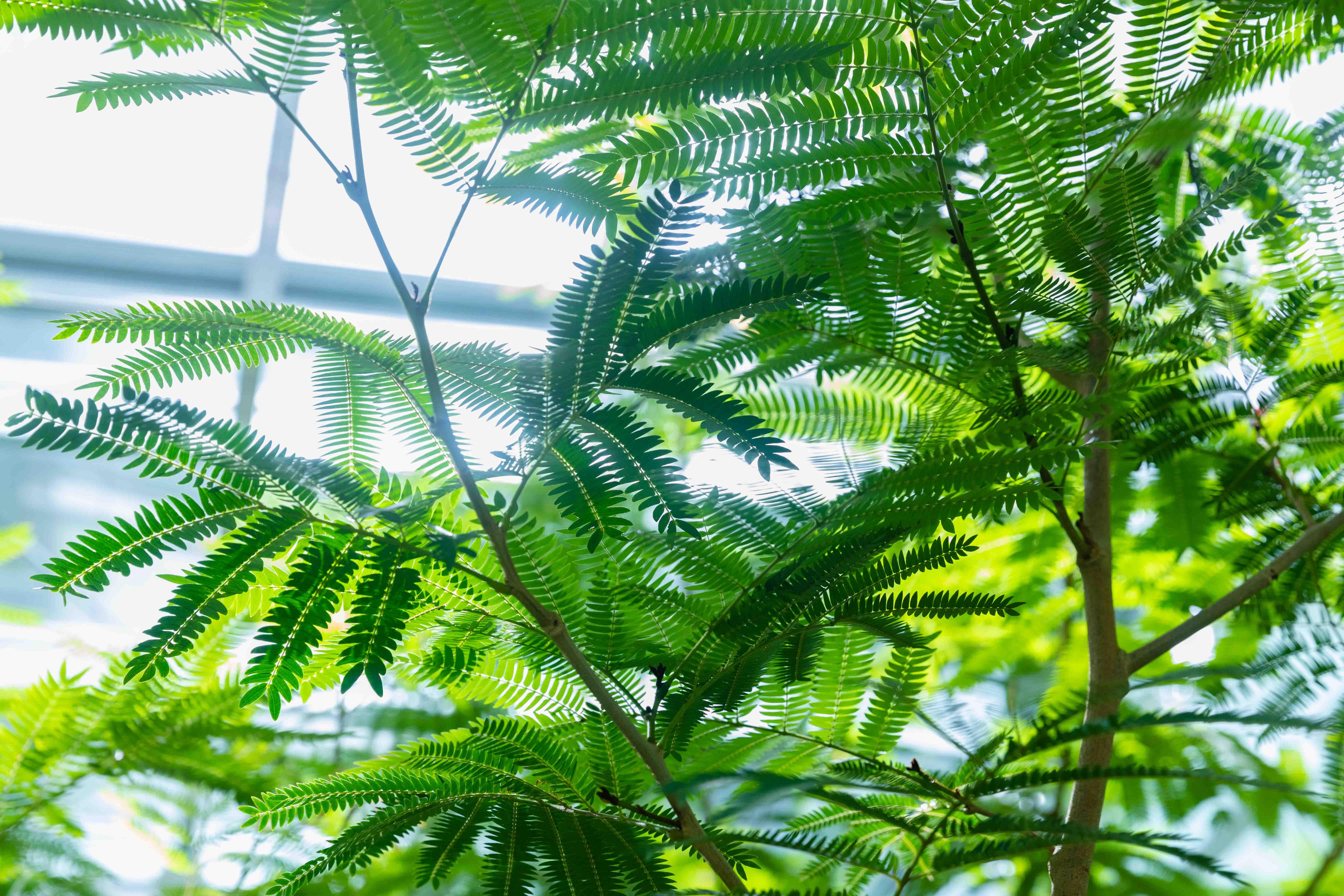
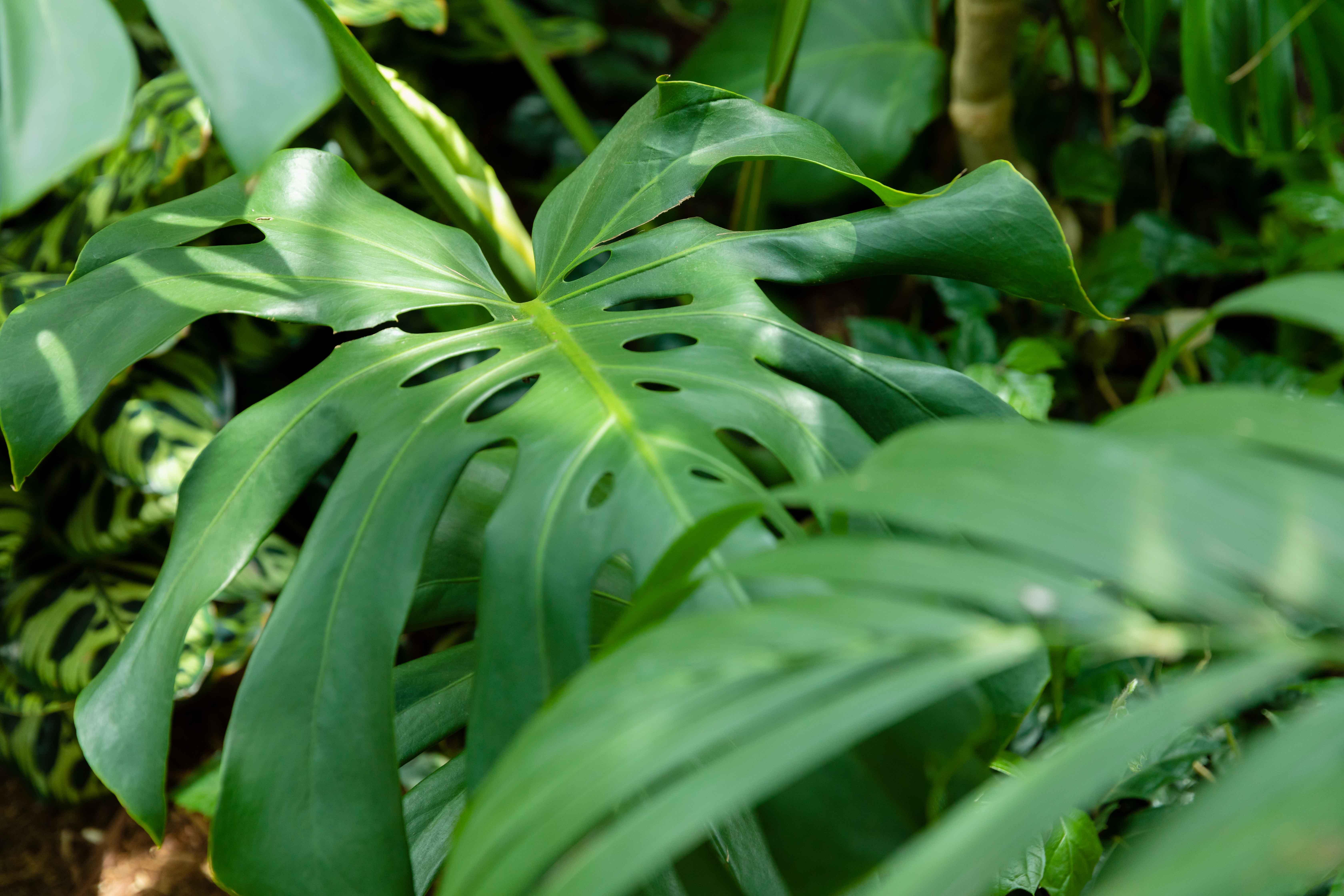
The team found through their research that the top photo should be more comforting.
People tend to feel that small, round leaves help to soothe and comfort, while larger, broader leaves make them energized. What about the photo below?

Long, narrow leaves seem to be helpful when people want to improve concentration.
The team analyzed the leaves of 50 different plant types. They indexed these leaves according to their curviness, size, and other factors and whether their shapes reduced fatigue, improved concentration, or increased energy. The study also revealed that leaf shapes strongly influence how people feel on seeing the plant as a whole.
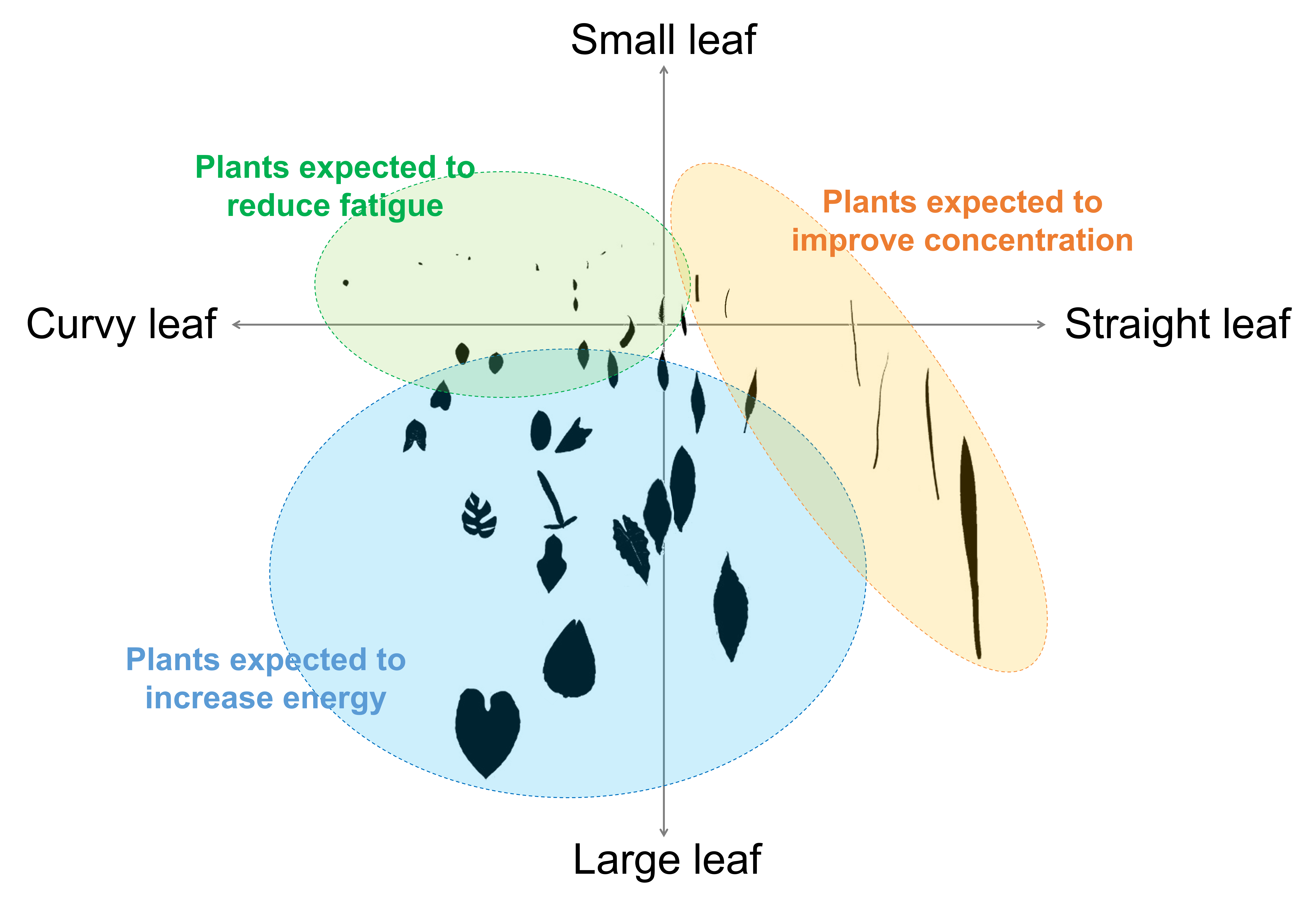
Offices for recharging, desks for concentrating
A jungle-like office space was set up to verify further the effects of spending long periods with various plants.
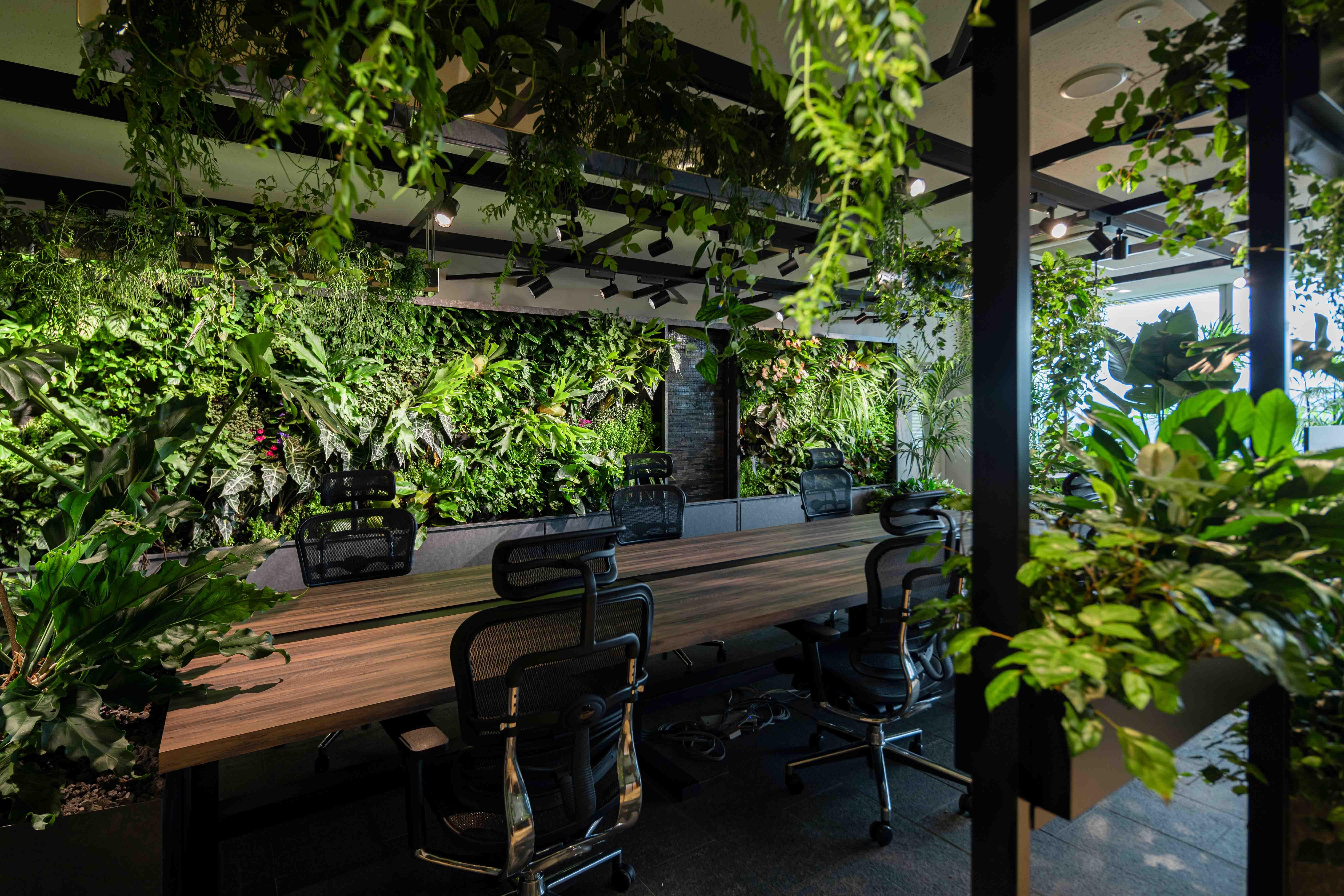
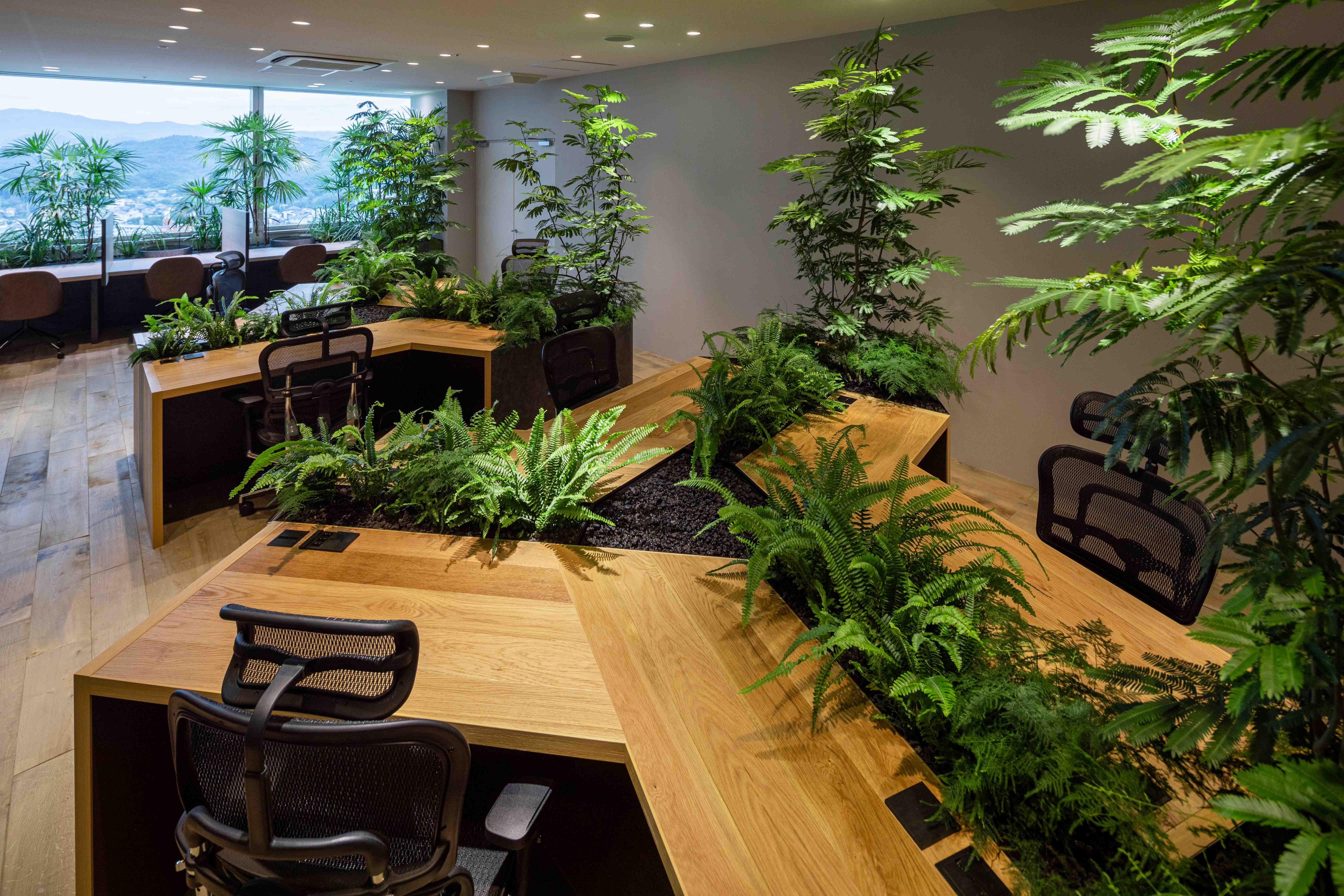
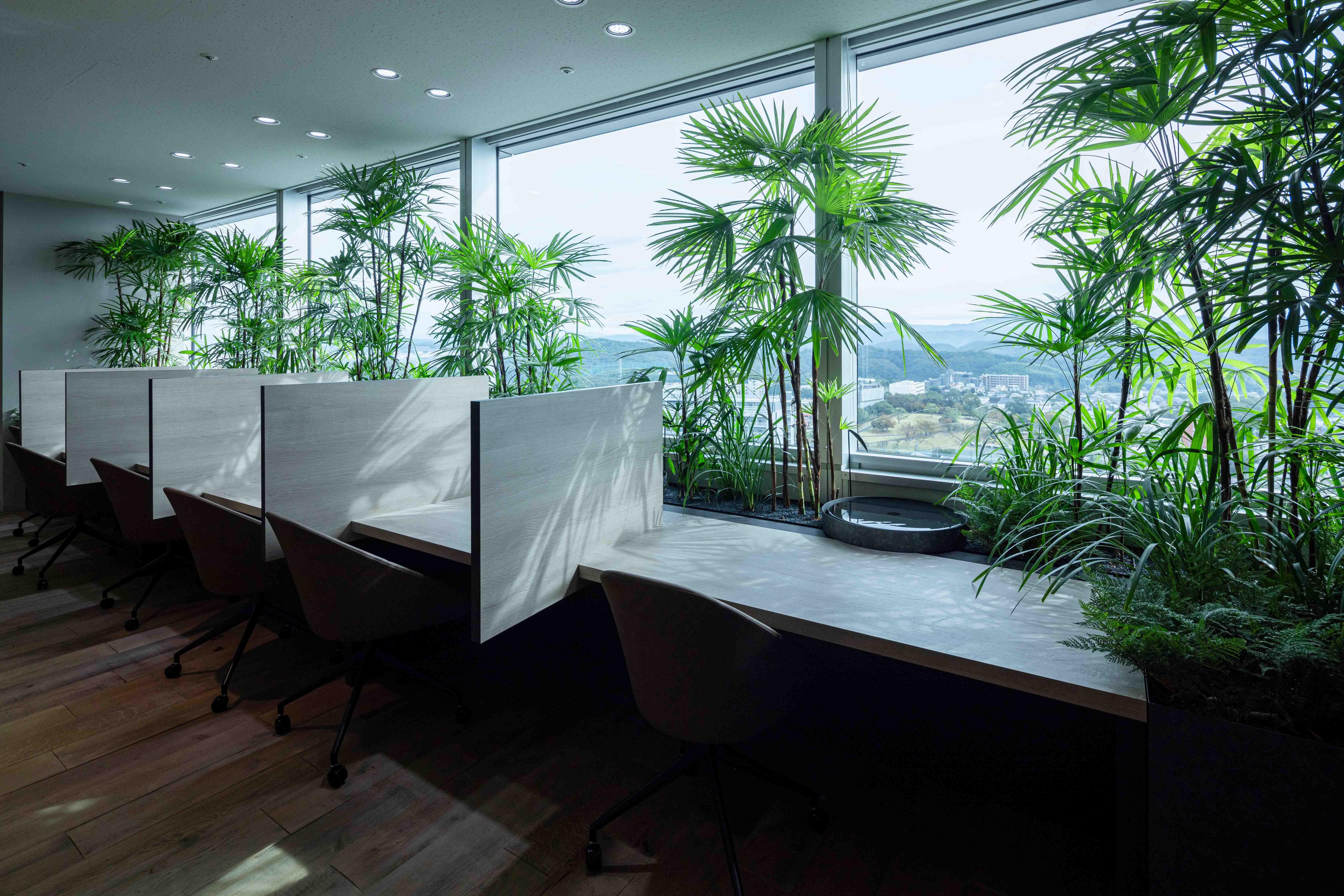
Greenery is comforting. That’s basically an undisputed statement, but the team’s question was why. Their research is unique in that they try to provide scientific evidence and reveal how people instinctively seek nature’s benefits. In other words, it’s an initiative to seek human well-being and a way of producing happiness for all.
Sampling air at 466 locations nationwide
The Genki-Kûkan™ project also involves air quality research to identify microorganisms and chemical substances in the forest air.
A person is said to breathe in over 10,000 liters of air per day. Many studies look at PM2.5 and other harmful impacts of air quality on health, but the team took a different direction, seeking air quality’s positive effects on people.
First, they sampled air from 466 locations around Japan, including cities, rural areas, and forests, to investigate real-world air conditions. But how did they gather something as intangible as air?
Masakazu Ito, Project Manager (on temporary assignment to TCRDL)
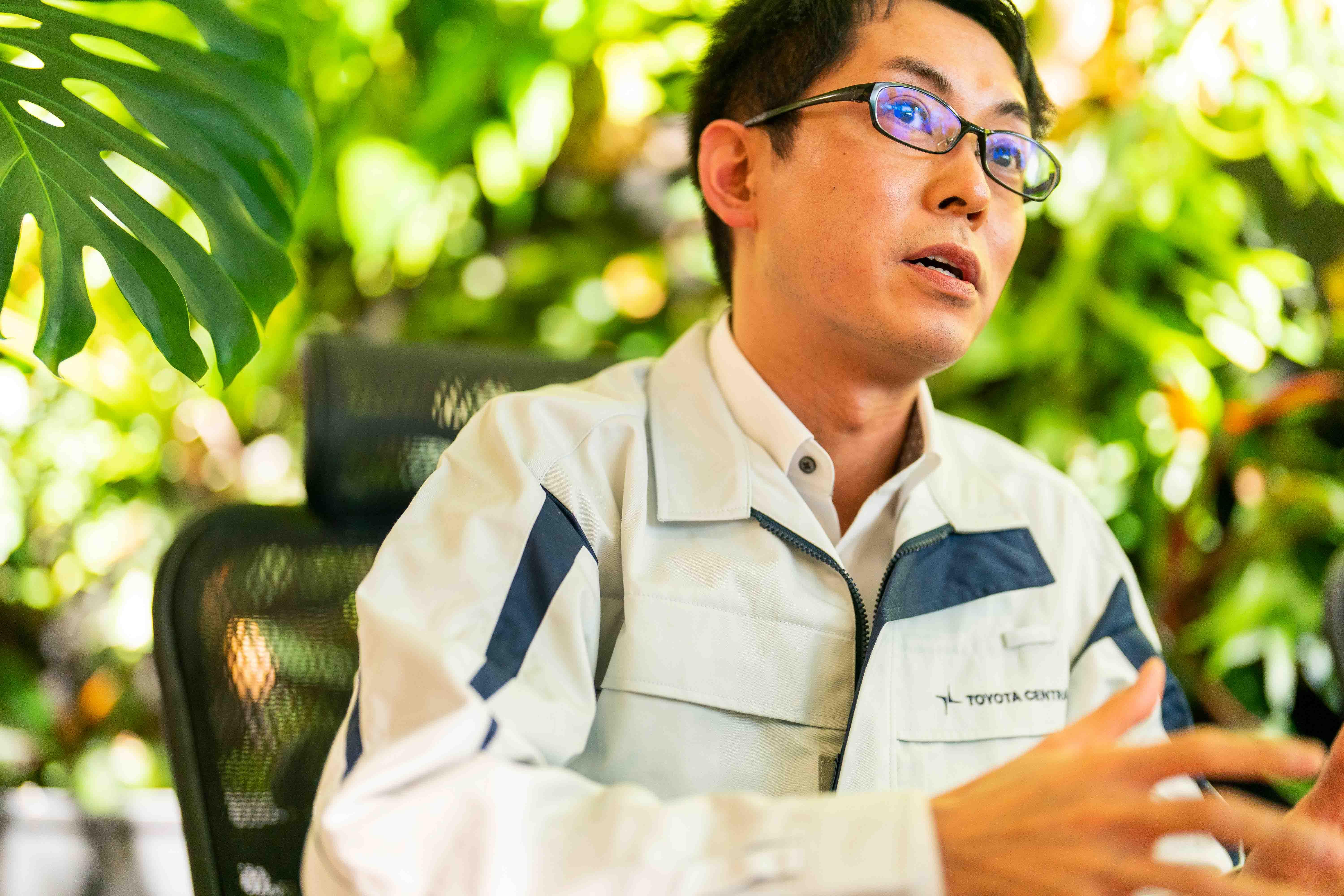
We siphoned air with an instrument like a vacuum cleaner, then extracted the DNA of microorganisms caught in a filter. We scored the “naturalness" of air samples, with a value of -1 indicating a highly unnatural space. Urban areas in Tokyo scored -1.05, a city park 0.26, and deep forests in Nagano 1.93.
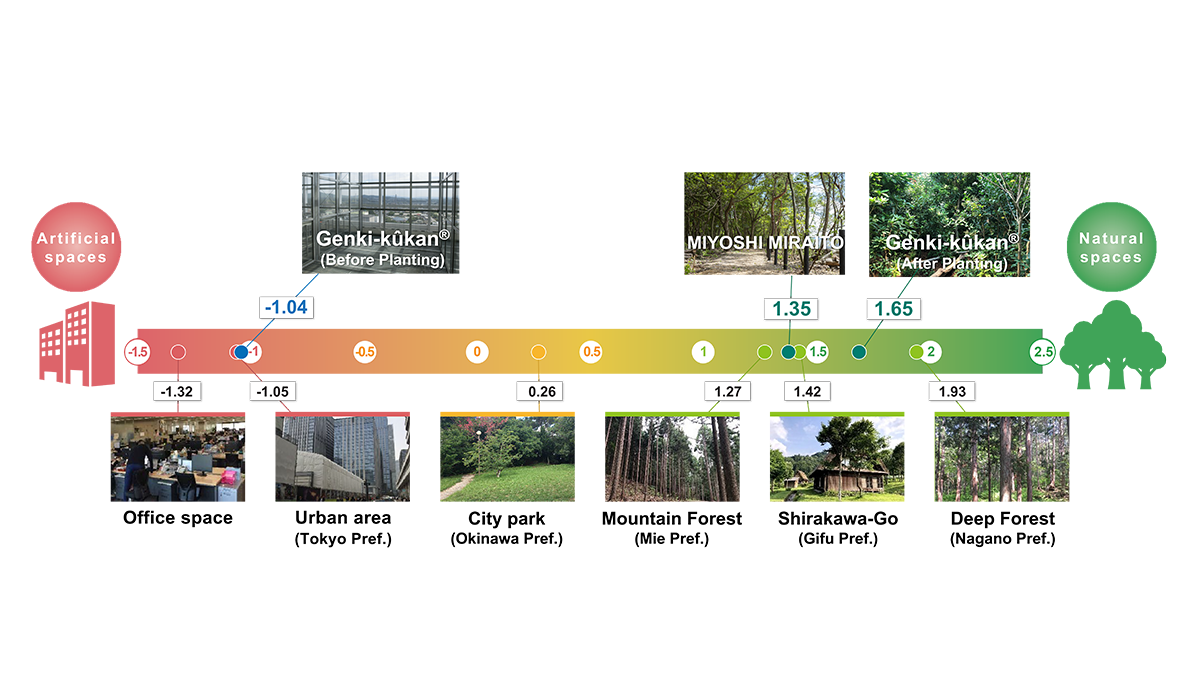
Showing air comfort using precise numerical values could allow for more scientific branding of living environments and other spaces, enabling evidence-based promotion instead of merely conceptual communications.
Satoshi Katahira, Group Manager (on temporary assignment from TCRDL)
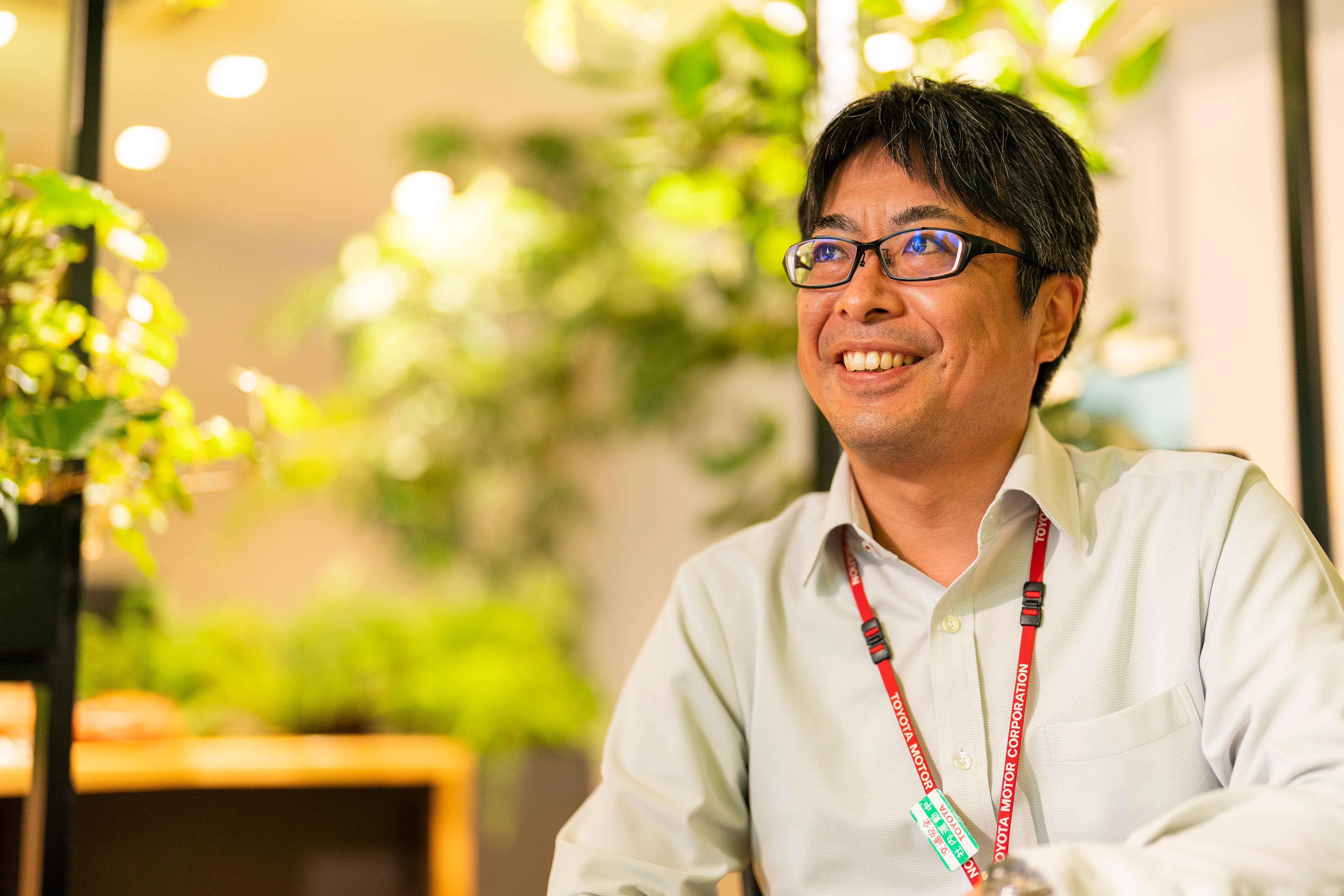
We are working with Toyota Housing Corporation on the MIYOSHI MIRAITO project to develop cities that coexist with nature. In this rich natural environment, the air quality was on par with Shirakawa-go, a World Heritage Site where unspoiled Japanese landscapes remain. With this evidence, we can promote the residential area as a comfortable living environment offering an authentic connection to nature.
Is germ-free necessarily better?
Then, the research team’s next step was to understand the effects of air quality on people.
Akinori Ikeuchi, Project Manager (on temporary assignment from TCRDL)

People coexist with many species of microorganisms, including 100 trillion in our intestines and one trillion on the skin. This symbiotic relationship grew over a long time. You could say that humans and microorganisms have co-existed and evolved together.
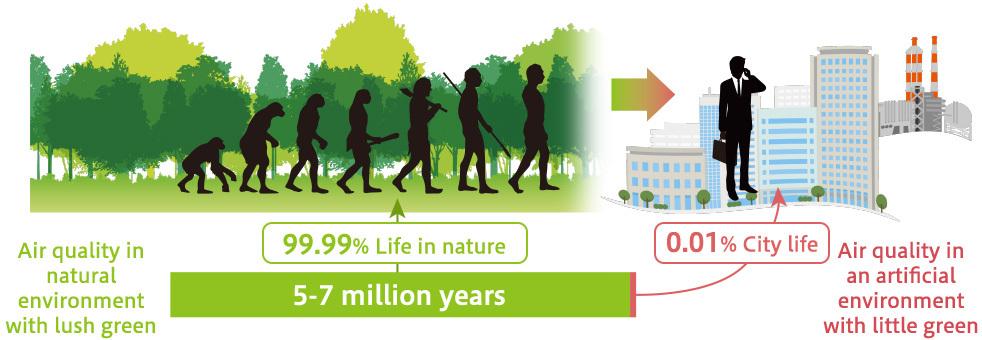
In recent years, we’ve had less contact with nature due to rapid urbanization, which is disrupting this symbiotic relationship. This could be a possible cause of various illnesses, including allergic diseases.
We presume that taking in air rich in a variety of microorganisms plays an important role in balancing the symbiotic relationship between humans and microorganisms.
That’s why the team started studying the microorganisms that live symbiotically on human skin.
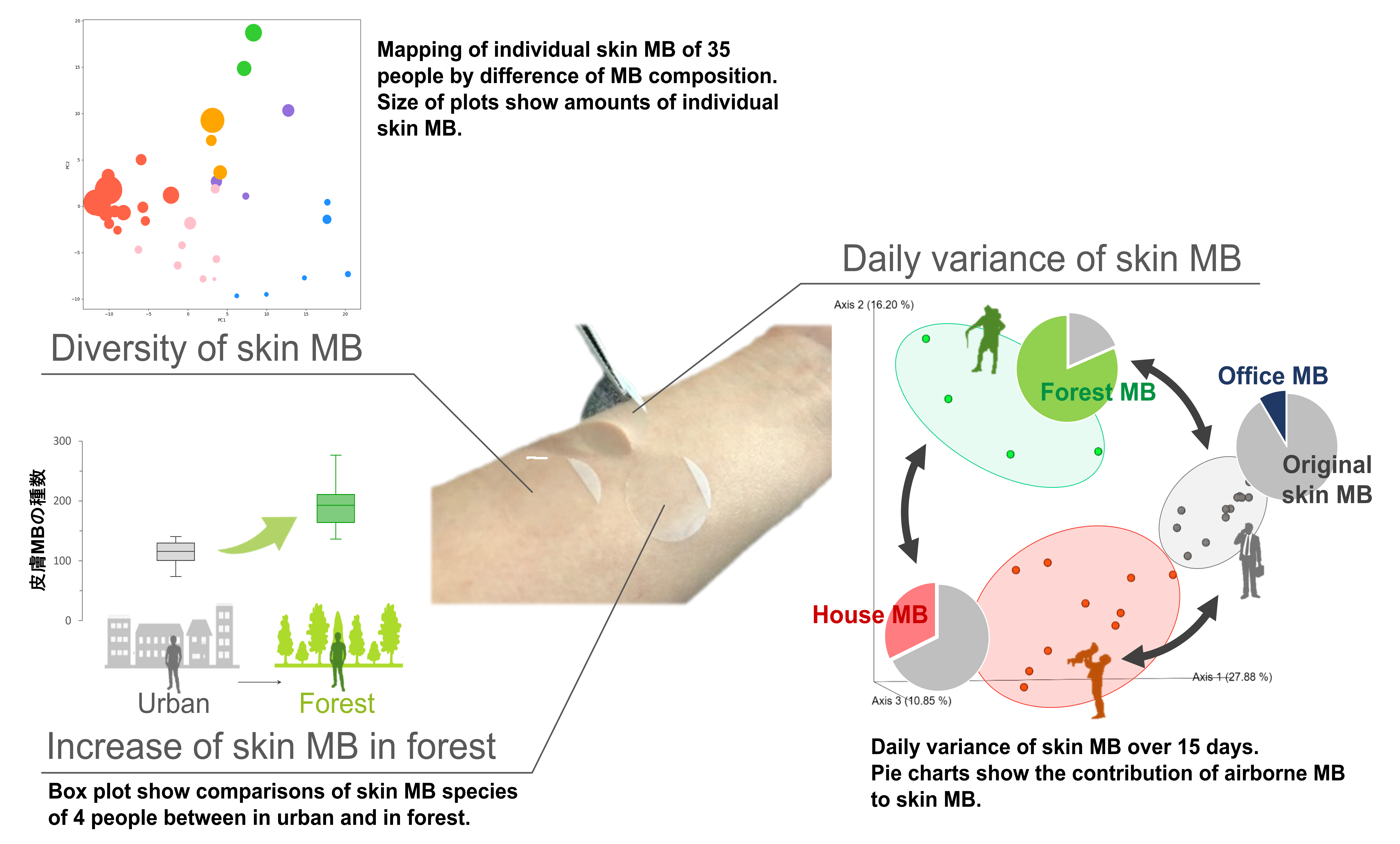
They applied adhesive stickers on the skin and analyzed the microbiomes that adhered. As a result, the team found significant variation in the species and quantities of skin microbiomes between individuals.
Testing the skin may also reveal whether you had been working in the office, spending a day off in the city, or enjoying the great outdoors.
This is because, according to their findings, skin microorganisms change depending on where one spends time. Strikingly, the effect of air quality was particularly prominent when they visited the rich natural environment of the traditional village Shirakawa-go in Gifu Prefecture.
The research team presented their results to various academic groups, demonstrating the eye-opening possibility that coexisting with diverse bacteria may be better for our health than being germ-free, as has recently become popular.
These research outcomes came by questioning accepted wisdom and thoroughly investigating ideas that might contribute to the happiness of others. The team’s stunning announcements were a breath of fresh air in academic circles.
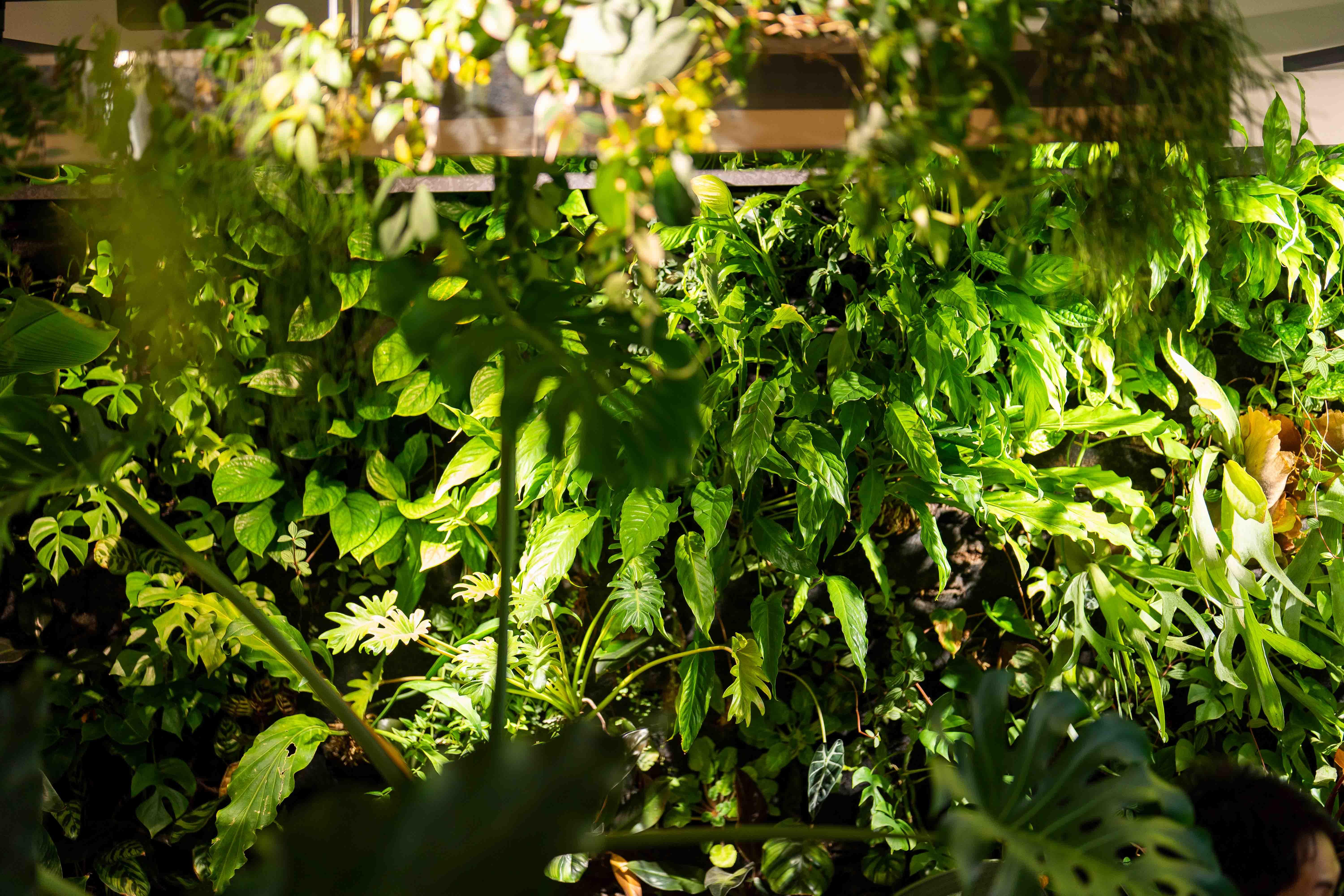
“It would be really interesting if we could create spaces that make us more immune to illness over time,” says Ikeuchi with a laugh.
Every member of the research team seemed to be truly enjoying their work.
Establishing evidence-based space design will improve people’s health and contribute to the happiness of all—with this conviction, their research continues.

